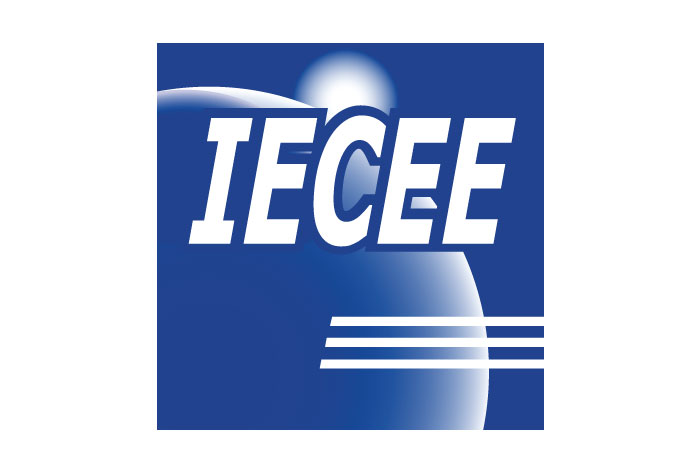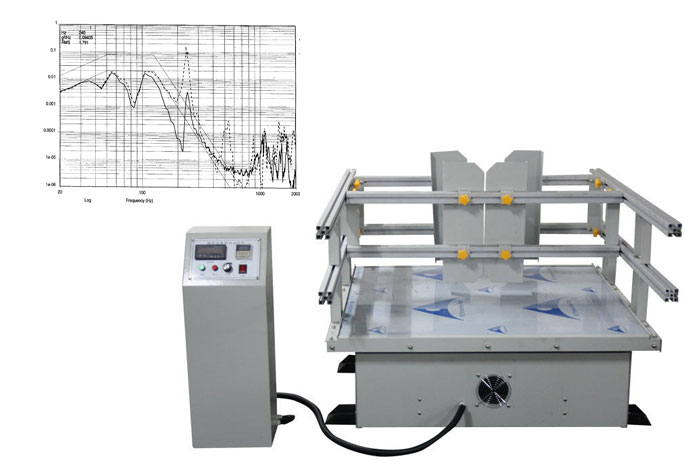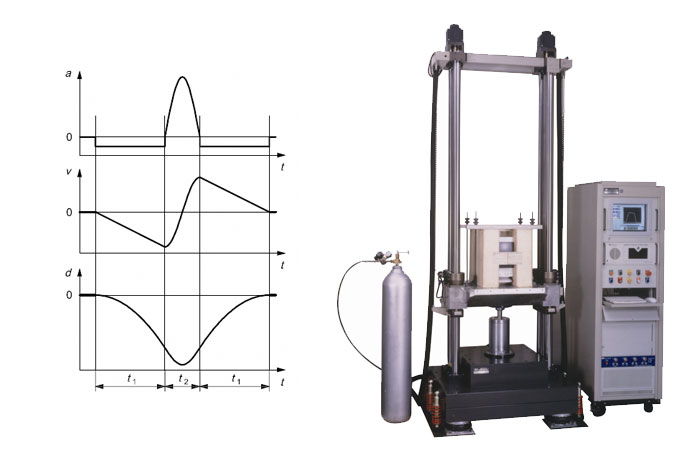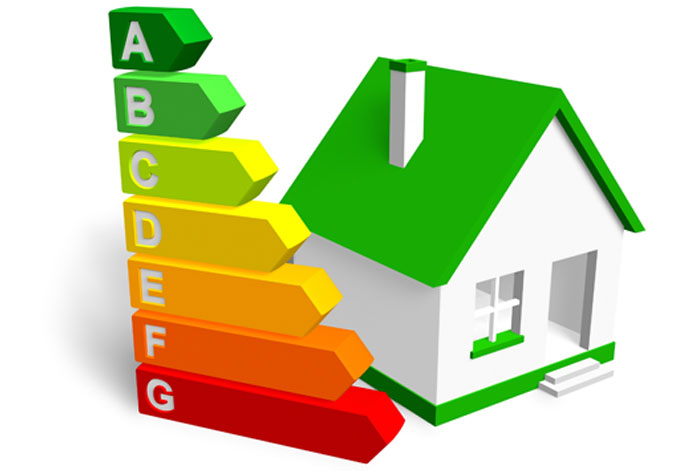Bending and Torsion Testing
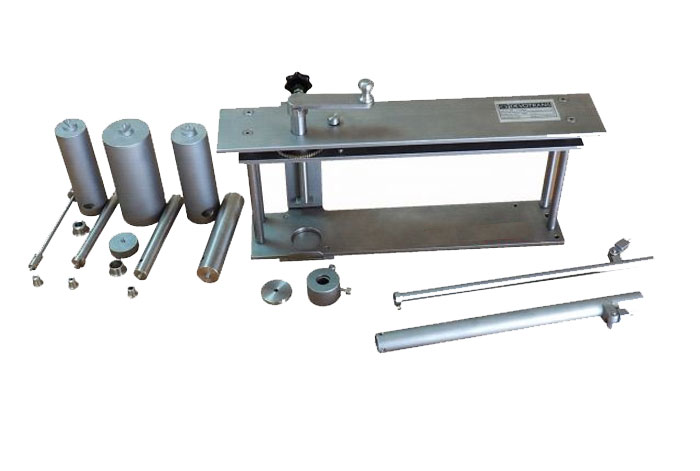
Bending and torsion tests are performed by rotating a material or component to a certain degree with a certain force or until the material fails. The rotational force of a torsion test is applied by attaching one end of the material. In this way, one end of the tested material is fixed, while the other end is rotated and the material is rotated around its own axis. If the rotational motion is to be applied to both ends of the material, the ends are rotated in opposite directions.
With bending and torsion tests, the behavior of a material under bending or torsional forces is determined as a result of applied moments that cause shear stress on the axis. At the end of these tests, the limit of flexibility in shear, shear strength, torsional fatigue life, ductility, ultimate shear strength and shear fracture value are determined. These values are similar, but test results are important in production work to simulate the material's service conditions, to check the quality and design of the product, and to ensure that it is manufactured correctly.
Bending and torsion tests identify three general forms in material: failure, proof, and operational. Torsion tests for failure are designed to measure the bending of the material under test and the resistance of the material until it breaks. Torsion tests to provide evidence are designed to observe the material under a certain load over a period of time. Torsion tests to determine operational strength, on the other hand, are designed to measure the performance of the material under expected service conditions. All of these test patterns can be performed for any material, or it can be performed with only torsional loading or a combination of torsional axial loading, depending on the properties of the material to be determined.
Many materials used in various industries can be subjected to bending and torsional forces during application. To determine this, bending and torsion tests are needed. For example, materials used in structural, biomedical, and automotive applications are among the most common materials that experience bending and torsion. Often used in the form of fasteners, rods, beams, pipes and wires, these materials can be made of metal, plastic, wood, polymer, composite or ceramic.
There are numerous domestic and foreign standards taken into account in bending and torsion tests. Here are a few of them:
- TS EN ISO 80369-1 Small probe fittings for liquids and gases in health care applications - Part 1: General specifications
- TS ISO 7800 Metallic materials - Wire - Simple torsion test
- TS EN 10305-5 Steel tubes for precision applications - Technical delivery conditions - Part 5: Cold-dimensioned, welded, square and rectangular tubes
- ISO 6475 Surgical implants - Metal bone screws with asymmetrical grooved and spherical underground surface - Mechanical requirements and test methods
- ASTM A938-18 Standard test method for wire torsion testing
- ASTM D1043-16 Standard test method for the hardness properties of plastics as a function of temperature with a torsion test
- ASTM D5279-13 Standard test method for plastics - Dynamic mechanical properties - Torsion
- ASTM E2207-15 Standard practice for stress-controlled axial-torsion fatigue testing with thin-walled pipe samples
- ASTM F383 Static bending and torsion testing of intramedullary rods
- ASTM F543-17 Standard specification and test methods for metallic medical bone screws
Our company also provides bending and torsion testing services within the scope of other testing services. Thanks to these services, enterprises are able to produce more efficient, high performance and quality products in a safe, fast and uninterrupted manner.
Bending and torsion testing services provided by other testing services are only one of the services provided by our organization in this respect. Many other testing services are also available.


